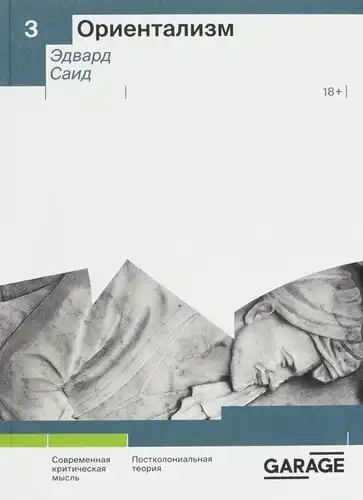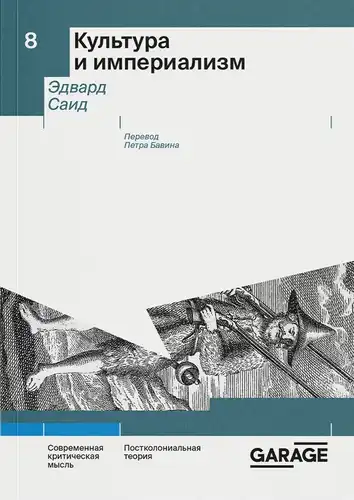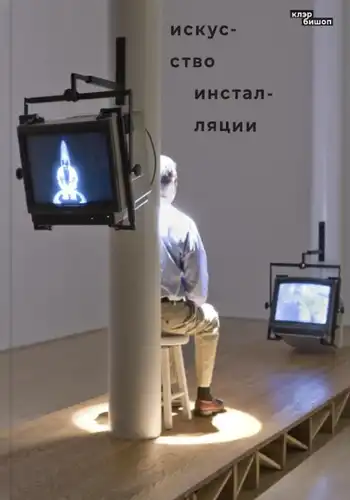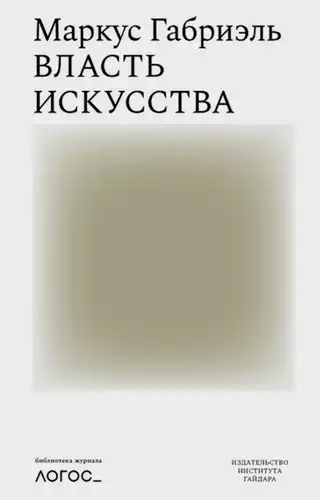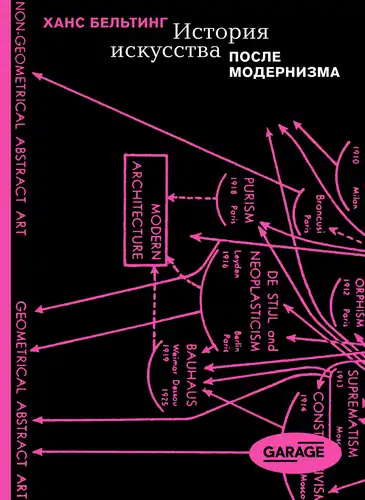€ 19.00
Art of Central and Eastern Europe since 1950
Искусство Центральной и Восточной Европы с 1950 года
In the history of art of the second half of the 20th century, the Central and Eastern European region holds a hybrid status as a vast borderland between the "West"—capitalist Europe, where the movement from neo-avant-garde to postmodernism was taking place, and the USSR, where an unequal struggle was unfolding between archaizing socialist realism and independent art inventing itself in isolation.
This border status explains both the lack of attention to the art of the "Eastern Bloc" countries and its diversity, which formed in constant dialogue with the West and the USSR, giving rise to many unique phenomena. Some of these remained in the shadows, while others developed further in the post-perestroika period.
The book by Ruben and Maya Fowkes is one of the first attempts to synthesize this experience. It introduces a large array of archival material and reviews the diverse artistic trends in East Germany, Poland, Romania, Bulgaria, Hungary, and the former Czechoslovakia and Yugoslavia, constructing a history of the region's art. Without understanding this history, it is impossible to fully appreciate the innovative art of these countries today.
Similar books
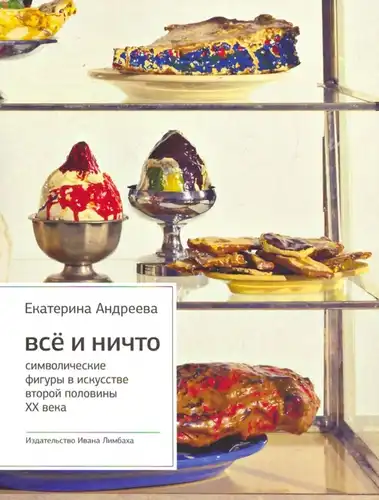
Everything and Nothing: Symbolic Figures in Art of the Second Half of the 20th Century
Всё и Ничто: Символические фигуры в искусстве второй половины XX века
€ 22.00
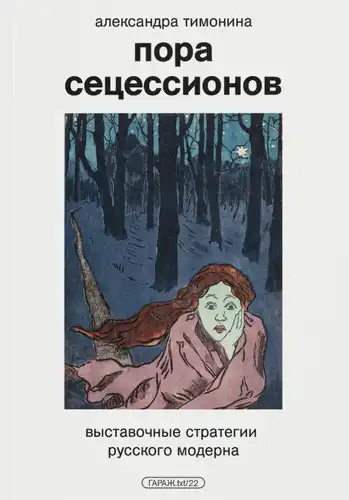
The Time of Secessions: Exhibition Strategies of Russian Art Nouveau
Пора сецессионов: выставочные стратегии русского модерна
€ 15.00
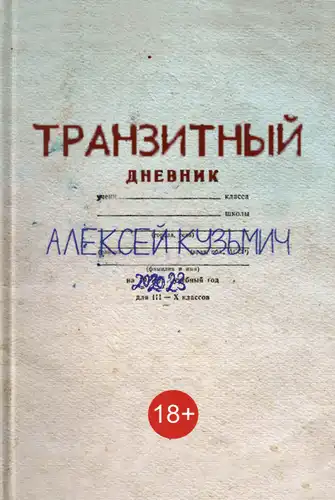
€ 13.00

